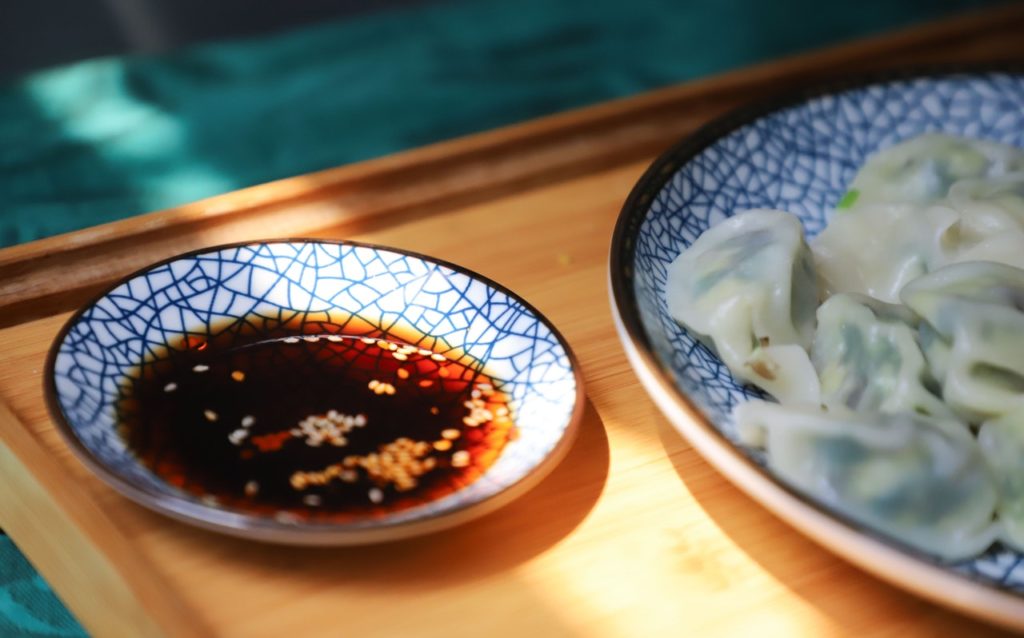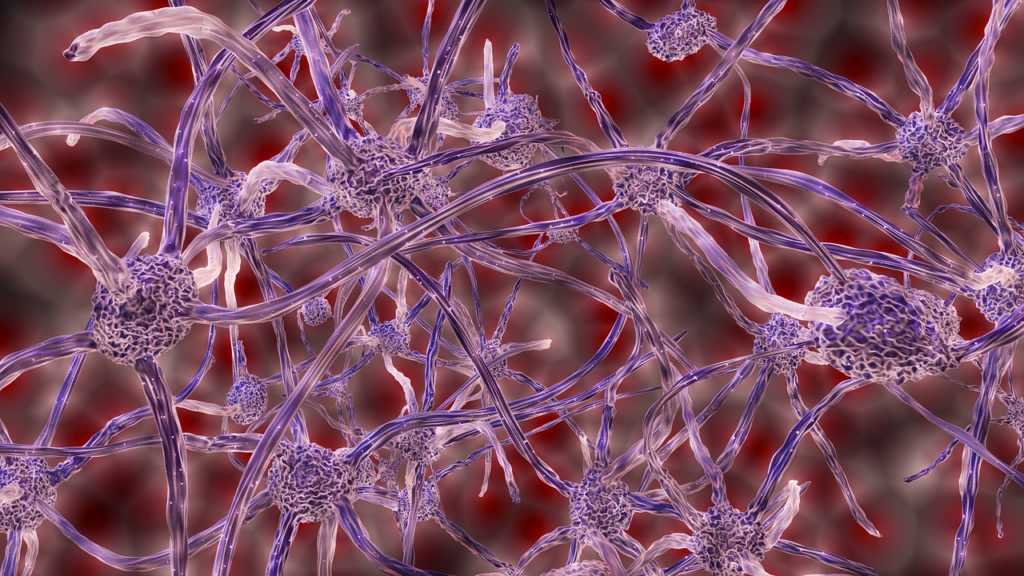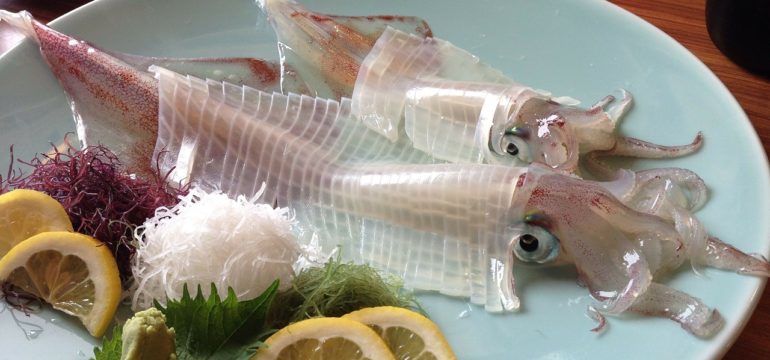By Emily Lee
Seeing your dinner dance is certainly an unusual experience. In a viral 2013 Reddit video, a dead squid served at a restaurant was seen “coming back to life” when sprayed with soy sauce, as if in a Frankenstein horror movie. (You can see the video here)
This prompted some heated debate around whether sprinkling your squid with sauce was ethical or not. Was the squid truly dead if all its ten tentacles were still moving? Could squids feel pain?
If the squid was really dead, why did it squirm?
The scientific reasoning behind the squid’s posthumous dance can be explained through a concept called “action potential”. Action potential is “a rapid rise and subsequent fall in voltage or membrane potential across a cellular membrane with a characteristic pattern.” (Molecular Devices, 2020)

Image by Buenosia Carol/Pexels.
Basically, this means that the neurons inside the squid were triggered by a stimulus (the salt in the soy sauce) and sent a signal that prompted movement. The squid’s neurons were opened and so the sodium from the soy sauce caused the electrical potential within the suckers of the squid to become positive.
In other words, you could say that the soy sauce reacted with the squid’s neuron cells to imitate a signal from the squid’s brain, sending a “jolt” of sorts down the animal’s arms which created the spasms seen in the video.
How is this possible? Well, most tissue in a freshly killed animal is still “alive”, at least in some aspects. Even if the squid’s brain has been killed, and it is dead (meaning it doesn’t have the capability to be conscious anymore), the tissue and ATP inside the squid remain intact for some time inside the animal.
ATP is a type of energy that most living creatures use to fuel their cells. Right after death, they don’t die off immediately. Instead, they linger around for a few minutes (or a few hours, depending on the animal), until rigor mortis eventually sets in. This means during this period where the ATP is still available for metabolic processes, the cells of the animal are able to react with certain types of stimuli.
Don’t worry, though. Although the muscle tissue is technically still alive, this doesn’t mean that the squid felt pain whilst the soy sauce was being sprayed on the animal and eaten like some on the Internet have claimed.

Image by Master Tux/Pixabay
The sucker sensors of the squid might have picked up the NaCl and triggered a contraction, but the cephalopod can’t truly process any sensory signals without its brain (which is already dead), and therefore it doesn’t feel any pain. You can eat your squid sashimi without any guilt.
What other animals have similar reactions?
This isn’t the first time that an animal has gone viral for its reaction to sodium. In 2009, a video of twitching frog legs sprinkled with salt went viral on YouTube, amassing 18 million views to date. Much like the squid, the frog legs work in the same principle. The sodium gets into the nerve cells, and those cells process the salt like a signal from the brain.
Yet another video of a “Frankenstein” animal has gathered 15 million views. In the 2014 video, a fish is seen flopping around without its head on. It sounds eerie and unnatural, but the theory behind it is very simple.
Have you ever put your hand in a pan of boiling water? You’ll have noticed that your reflexes would’ve pulled you away from the pan as soon as you sensed the heat, before your brain had a chance to process what was going on. A similar thing has happened here with the fish.
Most animals (including fish), have reflexes. Unlike motor and sensory signals, reflex signals are performed without any connection to the brain.
Once the nerves in a muscle are irritated by being pushed or stretched out, they send a signal to the spinal cord. After that, they go right back to the affected area without going through the brain. This is part of the reason why reflex signals happen in the blink of an eye. As the signal does not have to travel through the brain, it happens much quicker.
So don’t worry, your dinner isn’t coming back alive to attack you : it’s just a nervous response. You can enjoy your fish, frog legs or squid raw if that’s what you prefer without guilt.
References:
 Emily Lee | Website
Emily Lee | Website
Guest Writer
Emily is an Australian-Korean student who enjoys writing about animals and chemistry. She likes writing, a lot, and ranks it as one of her top favourite things to do besides eating, sleeping and drawing.
She is Korean, but grew up in two English-speaking countries – Australia and America. Currently, she lives in Australia in the Australian Capital Territory with her cat.
Emily has too many hobbies to count, but some of them include drawing, writing, playing the piano and maths. She also likes running to get rid of her stress that comes with life.






Leave a Reply